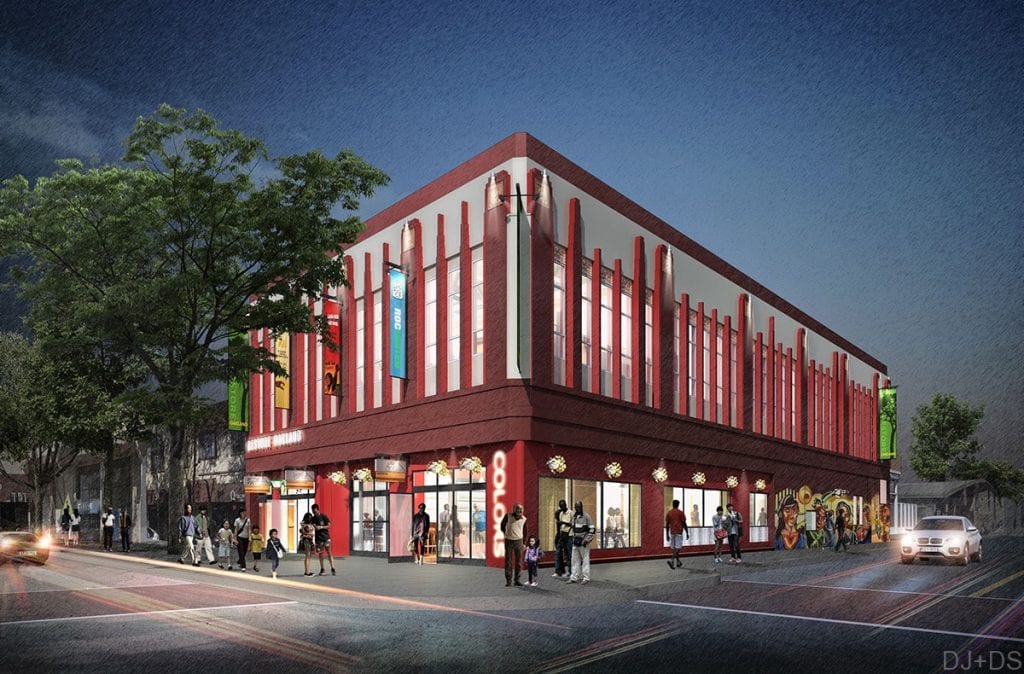
In his recent book, Palaces for the People, Eric Klinenberg explores the importance of places where people can come together and build social cohesion. Along with the important civic benefits that places like libraries and public gathering spaces provide, Klinenberg argues that “social infrastructures” and the connections they foster help communities be more resilient during a crisis. While the book could be easily seen as an ode to the library, Klinenberg does include other places—including churches and nonprofit organizations—that bring together people from disparate backgrounds and experiences.
Nonprofits, and the wide range of human, social, cultural, and artistic services they provide, can be critical to anchoring communities and stabilizing neighborhoods. When they’re invested in the place in which they’re located, nonprofits become important hubs that create opportunities for those they serve; they lift up voices, and build placed-based power. For these groups to be successful in meeting their missions, they must be resilient themselves.
While funding, recruiting, and retaining talent (both staff and board) likely top most organizations’ list of sustainability challenges, physical space is also a key factor. In fact, for most organizations, occupancy is the second-largest operating expense. Given the high cost of space, minimizing and stabilizing occupancy costs can be a useful budget strategy. Sometimes organizations are able to achieve this by leasing space at below market rate from a public agency, friendly owner, or nonprofit center that has affordable rents as part of its mission. More frequently, organizations achieve this by leasing less desirable space, which may achieve their financial goal, but it could also hinder an organization in other ways.
As areas come under the eye of market-rate developers, it’s not just individuals and families who face the consequences. Organizations are priced out, too.
Another strategy—although not without its challenges—is for organizations to own their own space.
I’m a real estate consultant at the Northern California Community Loan Fund (NCCLF), a community development financial institution (CDFI) that works with a wide range of nonprofits from across the region to solve real estate challenges. Our lending work specializes in providing flexible financing for community facilities. Our consulting work runs the gamut from helping organizations with leased space, to conducting lease-versus-buy analyses, to offering predevelopment guidance, and assisting with building operations. From all of this work, we see three benefits for organizations that own their space: mitigating displacement, increased visibility, and financial benefits.
Mitigating Displacement
Particularly relevant to the Bay Area and other places that face active commercial real estate markets is the issue of nonprofit displacement. As areas come under the eye of market-rate developers, it’s not just individuals and families who feel the consequences. Organizations are priced out, too.
Ultimately, nonprofit ownership of land, holding it for a social purpose, may be the only bulwark that keeps organizations in the communities they serve. The people behind Restore Oakland, a 12,000-square-foot community advocacy and training center under development in the Fruitvale neighborhood, have this very much in mind. The project, a joint initiative between the Ella Baker Center for Human Rights and the Restaurant Opportunities Centers United (ROC United), is aimed at mobilizing “Bay Area community members to transform … economic and justice systems and make a safe and secure future possible for themselves and for their families.”
The center will be a permanent place for the partner organizations to call home. This is particularly important to the Ella Baker Center, which has faced repeated displacement in Oakland as leases ended and development pressures increased.
Restore Oakland can also be seen as an inoculation against displacement for future tenants. Currently under construction, the advocacy and training center will bring new programs to the community that can grow over time. And since the building is owned by a nonprofit with a mission to provide space to other organizations, those housed in it will not be upended by skyrocketing rents or an owner who does not renew a lease because of the desire to reposition the building in the market and attract a new tenant mix.
Increased Visibility
When nonprofits own their buildings, it increases the opportunity to brand their space in alignment with their mission. This branding and visibility can attract new clients, members, or patrons, as well as new financial support. The permanent home creates a sense of place for the organization and is an anchor for its constituency.
In addition, going through the development process can increase attention to an organization through its capital campaign and engagement with other partners, like government and community development organizations. Even though it’s a big lift to go through rehabbing or building a property, it can reposition an organization in its community.
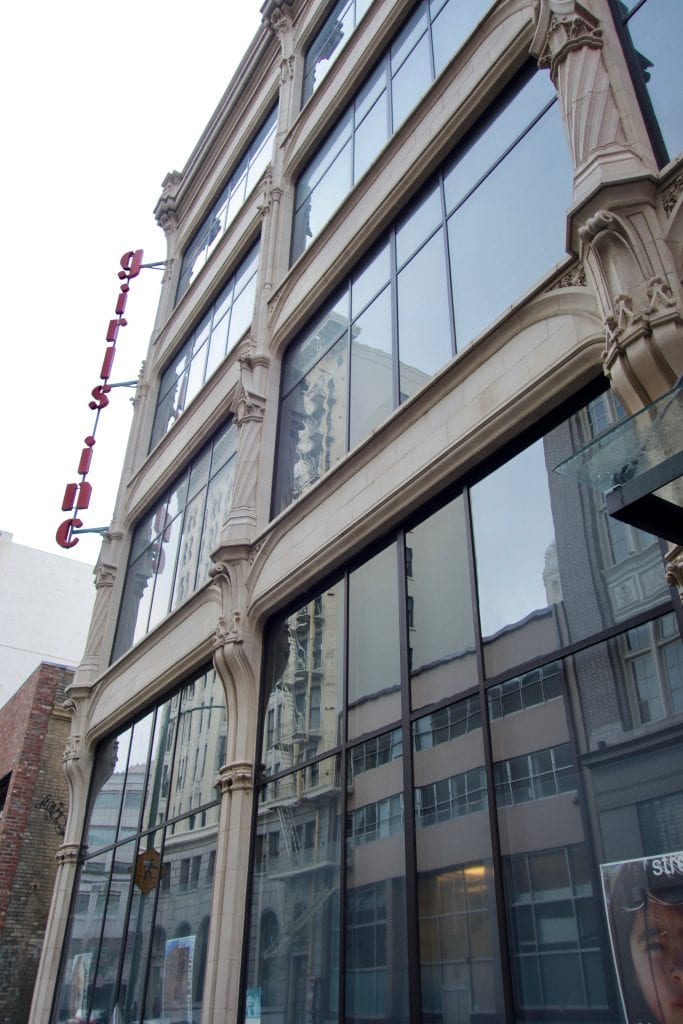
The mission of Girls Inc. of Alameda County is “to inspire all girls to be strong, smart, and bold.” Located in Downtown Oakland, Girls Inc. purchased and redeveloped a 34,000-square-foot building one half block from the Telegraph Avenue and Broadway intersection. A two-story red sign on the building establishes the Girls Inc. presence just steps away from the 19th Street BART station. Purchasing a building in such a visible location was a key strategy for the organization to attract new support and new volunteers, and to serve more girls. The building is an important hub for the community, located where many girls can access it safely. All the people coming and going, especially young people, creates vibrancy on the street and serves as a reminder to Oaklanders that young people are part of their city.
Financial Benefits and Stability
When looking through a financial lens, there are several reasons why a nonprofit might want to own its own property. Most leases have at least 3 percent year-over-year increases, which add up over time. Owning gets an organization out of this environment and once the mortgage is paid off, the organization is only responsible for operating costs.
In addition, in most states, nonprofits can apply to be exempt from paying property taxes, which can lead to big savings. For example, the owner of a California building valued at $5 million would be assessed at roughly $85,000 a year in property taxes, which would be passed on to the building’s tenants.
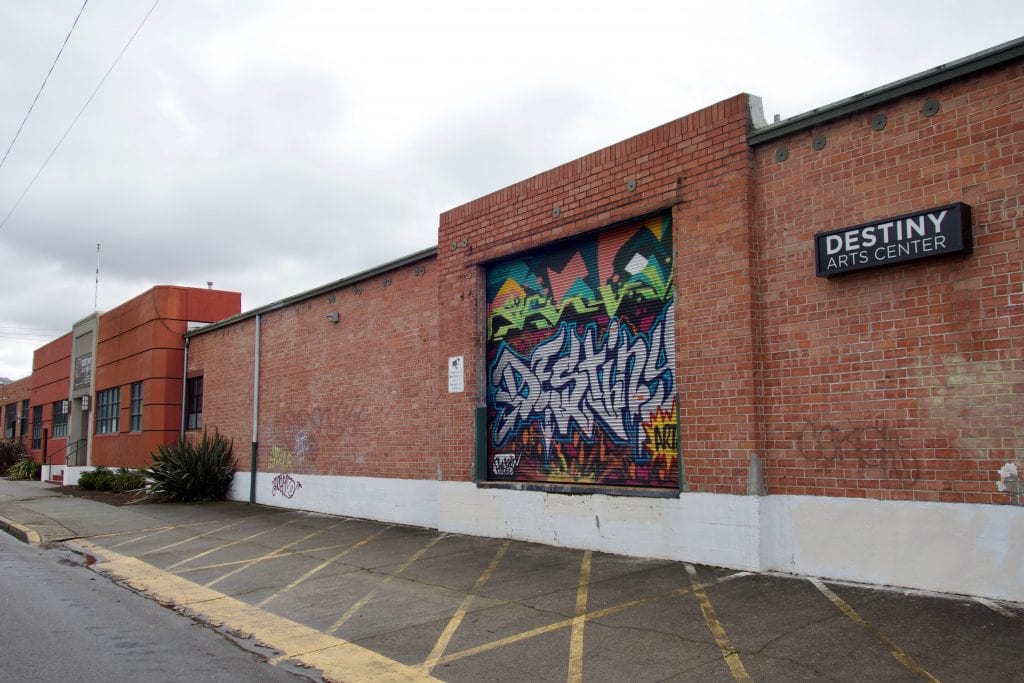
Land can also appreciate over time. While most nonprofits have a hold strategy and would not plan to realize such gains directly by selling their building, the equity could still be helpful. It could guarantee a loan, for instance, if an organization needed to borrow capital for cash flow purposes, or to launch a new program. Having the asset on the organization’s balance sheet can also make the nonprofit look stronger to both funders and lenders.
Destiny Arts in North Oakland, which runs developmental programs for youth ages 3 to 24 using artistic mediums like dance, theatre, and martial arts, recently paid off its mortgage. Now debt free, Destiny Arts has new resources available that can help strengthen its programs and serve more young people.
A Firm Place to Stand
Beyond these clear-cut advantages of ownership, having a permanent home seems to let organizations push on their missions. Not having to tiptoe around a landlord on how it can use a rented space, being seen as an anchor in the community, and other aspects of owning can accelerate an organization’s work. For Restore Oakland it means going beyond offering important programs to building placed-based power. For Girls Inc. it means having a space where girls can thrive and be themselves without the concerns of the owner or other tenants who could negatively react to boisterous young people. For Destiny Arts it means being bolder in their mission and lifting up their social justice work, which is intrinsically tied to their arts-based mentoring. The power of ownership can let organizations think differently about their work and realign their priorities as they become more rooted in the places they are located and committed to the people they empower.
Downsides to Owning
Nonprofit ownership is not without its challenges. At least three key considerations should be understood as an organization explores ownership:
- Debt. An overleveraged project can leave an organization vulnerable because of high mortgage payments.
- Capital Improvements. As a building ages, there will be large capital expenses that require attention. From elevators to roofs to HVAC systems, costs like these, if unplanned for, can be debilitating.
- Responsibilities of Ownership. What was once the responsibility of the landlord now falls to the nonprofit. Vendor management, responding to building emergencies, and daily operations become the responsibilities of someone on the organization’s staff.
These challenges can mount to a solid argument against owning, but when planned for early in the development process can be overcome.
For organizations that want to take on a real estate project and own their own home, some early internal work can pave the way to success. No matter how the deal comes together with regard to the capital sources that are used (debt, fundraising, tax credits, etc.), organizational cash will be part of the structure. Building organizational reserves in preparation for the project can be the difference between moving forward or not. Beyond bringing some cash to a deal, the nonprofit (including staff, the board, and other stakeholders) needs to closely examine how much space it needs and where it wants to be located. Owning a building is a long-term proposition so getting the where and what right is critical.
[RELATED ARTICLE: Philanthropy Has Been Trying to Buy Buildings for the Arts for Years. Now We Know It Works.]
Lastly, building consensus with board and staff around owning is important. It can take years to go from concept through fundraising, purchasing a site, and construction to the day the doors finally open. Given an organizational investment of both time and capital, having everybody on board before moving forward is crucial.
Owning a building can be powerful for an organization. The security of place and financial consistency that comes with ownership can let an organization spread its wings and explore ways to deepen its impact. Buying or constructing a building is a huge decision for an organization to make, but for those looking for greater stability and wanting to deepen their ties to their place, it’s a challenge worth looking into.

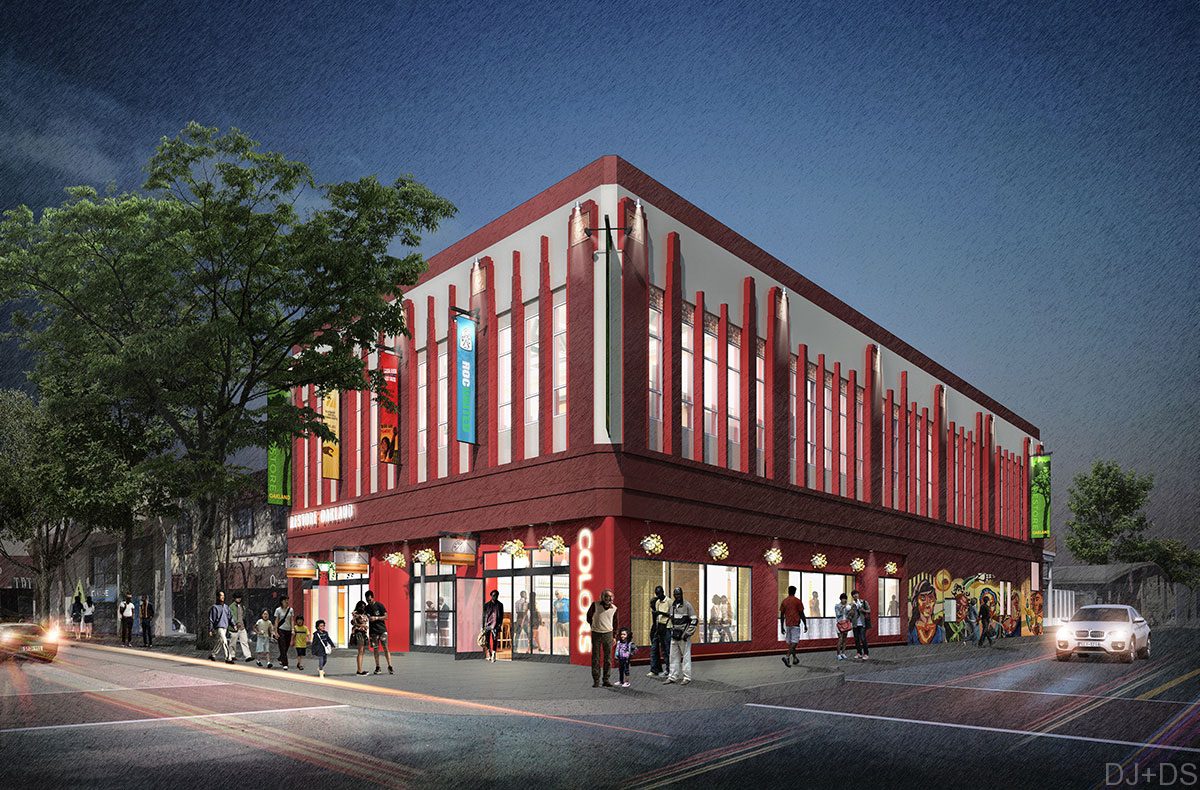
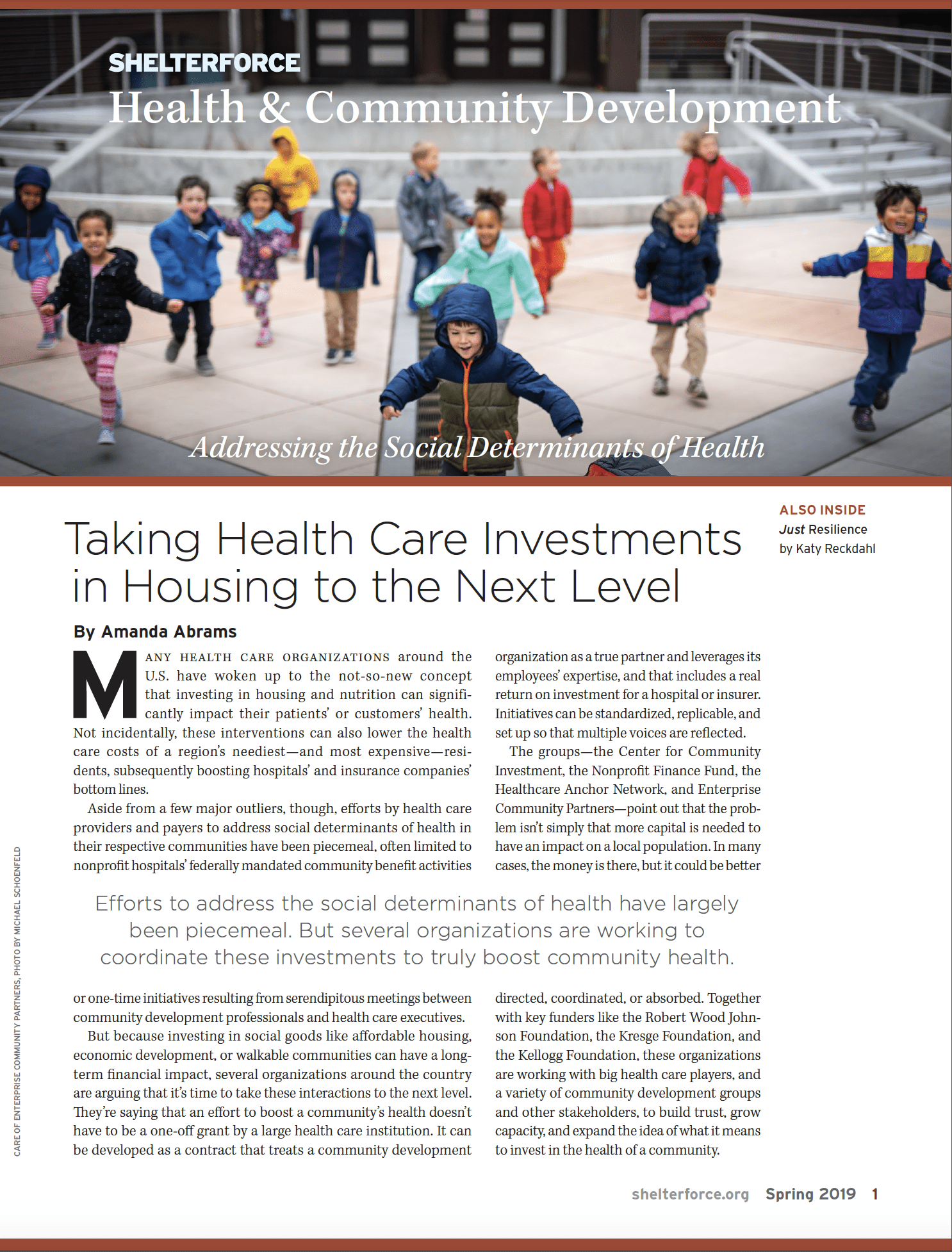
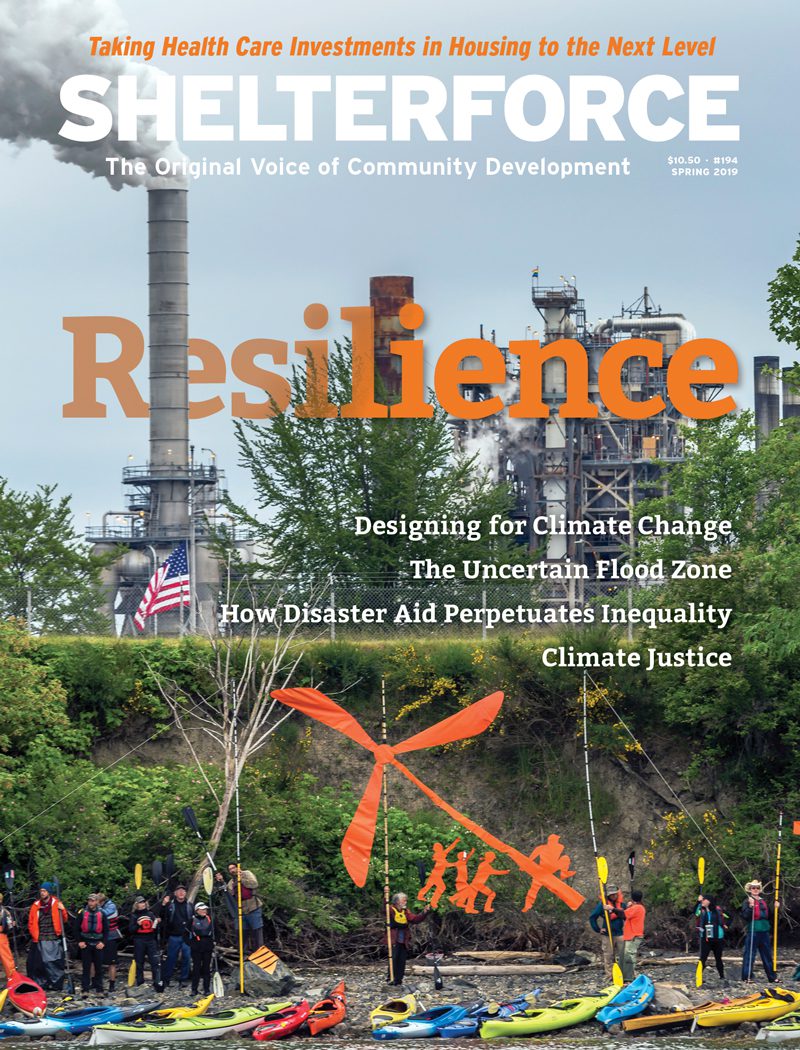
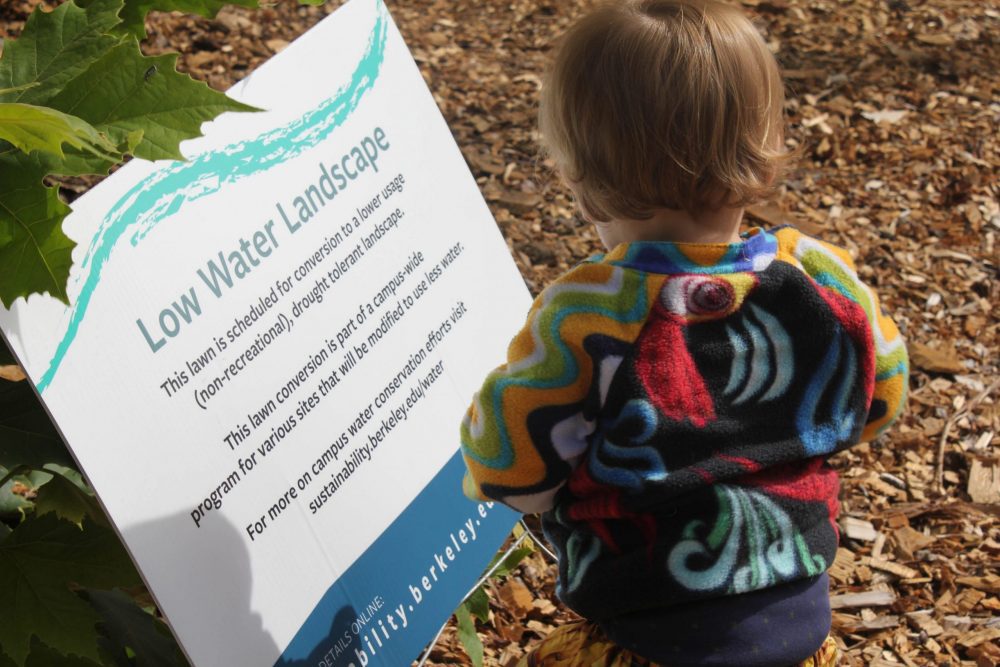
Thanks for the post, the opportunity to comment~
I all ways thought of Wash. D.C. for this purpose. Instead of all the high powered corporate lobbyist a District wide Community Land Trust for NGOs & nonprofits. When doing community development the need to move to next goals (from health care , once a clinic is established – for instance, to food coop in a food desert) there is often a real grind to the ‘gear change’. Continuity, owning your own, can be a real boon to efforts meeting deep community need. I like the idea of sharing the building w/other organizations on the same path as we can support each other on wider societal change – what this work is all about anyway. Once the building is bought and paid for, a fund developed for the next building – a move can be made and another like minded organization supported in the space.
Thank You for posting this information..
I was in tears as I begin to imagine the things that my non profit can offer to others once we purchased a building..
Thanks so Much!
This is an excellent article Saul and I used it to show the benefits of buying a premises for our not for profit. Thank you
Thank you for this article. Can you find out what percent of 501(c)3 organizations actually own versus leasing? I can’t find that stat anywhere. Thank you.
I would like the information as well about own versus leasing. When you get the information please forward it to me. Your article is on point. Thank you